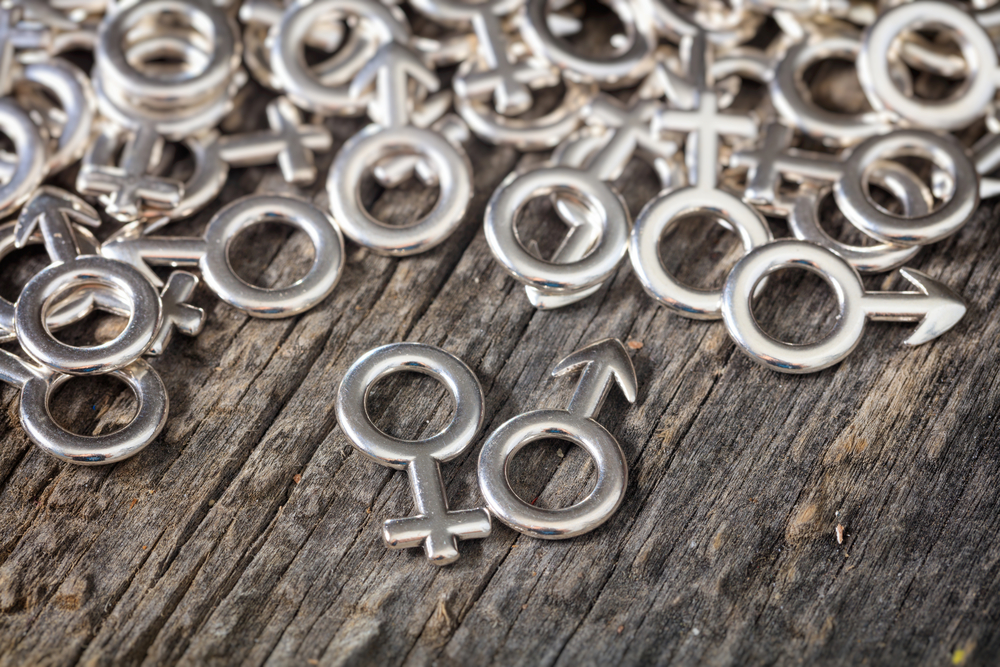Household Bills
Women working for free from today

It’s Equal Pay Day – not the day when we all celebrate achieving equal pay between the sexes, but the day when women effectively stop earning relative to men.
In some parts of the country, the gap is so wide that a woman on an average wage stops being paid relative to their male counterparts in September, working for free for the rest of the year.
Campaign group, the Fawcett Society, said that progress in closing the pay gap has ‘stalled’, adding it would take 100 years to close the gap at the current pace of change. The average pay gap for full time workers sits at 14.1%.
Catherine Stewart, retirement expert at Scottish Widows, said the gender pay gap highlighted by Equal Pay Day is only the start of the financial divides between men and women. She added: “This inequality carries through to later life, as women’s retirement prospects are generally worse than men’s. The persistent gender pay gap, maternity leave and career breaks can all hold back women’s earning potential and this often impacts pension savings.
“Closing the pay gap is a crucial first step, but we must also level the pensions playing field. As a starting point, we recommend the government adjust current restrictions on auto-enrolment (AE) in to a workplace pension scheme. Almost a third (32%) of women who work part-time earn less than the £10,000 qualifying earnings threshold and are missing out on valuable employer contributions.”
Investment gap
Holly Mackay, CEO of Boring Money, said: “Our research identifies a sinister ugly sister to the Gender Pay Gap, that is the Gender Investment Gap. The combination of these two highlights a huge problem for women when it comes to future wealth and retirement funding.
“Women are less likely to invest than men, sticking to cash because of mistrust, a greater fear of investment risk and the time pressures of day-to-day life. 12% of women hold a stocks and shares ISA compared to 19% of men. We are less likely to hold private pensions or to invest in shares. So not only are we earning less, but any savings are more likely to sit in cash which does guarantee one thing – over the long-term, our money isn’t working as hard for us as it could be. Over any 10-year period since the stock market began, stocks have done better than cash nine times out of 10. Currently women are missing out on these returns.”
Perpetuating a victim-hood narrative?
However, some groups have questioned the validity of the data supporting Equal Pay Day. The Institute of Economic Affairs said the existing data does not prove any gender pay gap between men and women in similar roles. It said the official gender pay gap, based on data from the Office for National Statistics, is 9.1% for full-time workers in favour of men, and -5.1% for part-time workers in favour of women.
Kate Andrews, news editor at the Institute of Economic Affairs, said forcing businesses to publish their pay gaps risked causing confusion about wage differentials and may make employers reluctant to hire female graduates into junior roles.
She added: “The Equal Pay Day campaign does nothing to advance women in the workforce; even worse, it seems to be covering up the major successes that women have had, particularly in Northern Ireland. Omitting the one region with a negative gender pay gap from its table tells us everything we need to know about the aims of this campaign – it is perpetuating a victim-hood narrative, deliberately leaving out information that should be cause for celebration.
“Evidence we have suggests young women entering the workforce have every reason to believe that they will receive equal pay for equal work.”